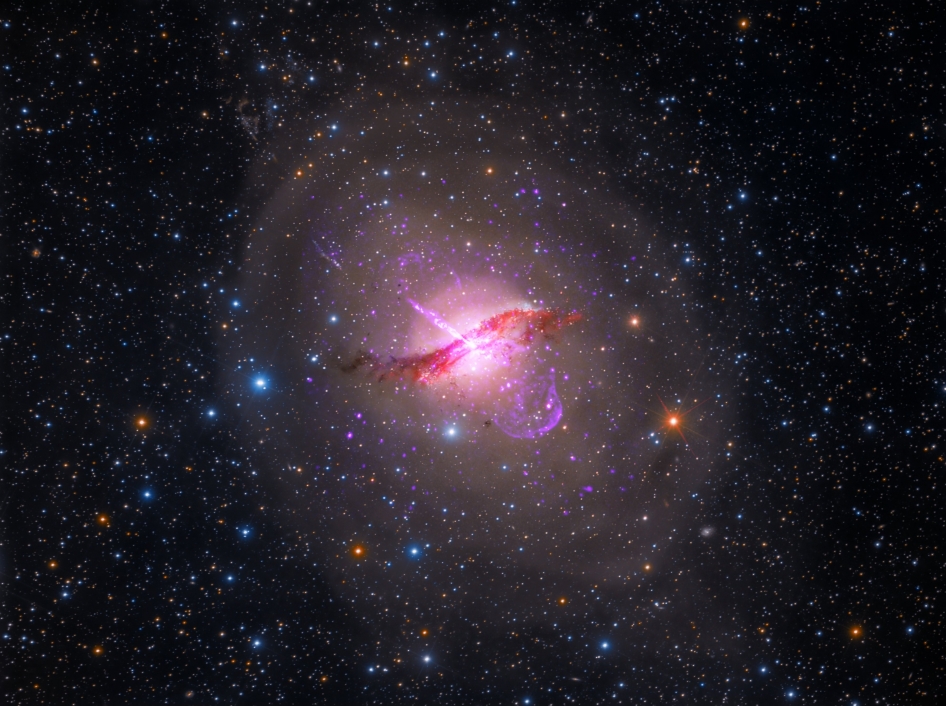Day 13
Google is now making available to all users, albeit by invitation only
for now, Inbox, it’s new Gmail app.
I’ve barely seen it but initially I’m a bit skeptical. There’s a
focus on automatically bundling your email for you and managing todo
lists. I already manage my email with a strong and extensive set of
filters and I manage todo lists and things like that via my
implementation of David Allen’s GTD. So I’m probably not an intended
user.
It will probably look compelling. One thing I do like are email-like
systems where the messages look more like short messages in a chat
session rather than email. When I think about this as a good idea
and then look back at Gmail, it really already goes a long way in that
direction. The messages in a conversation are nicely minimal.
Inbox also seems to have a little floating circle, in this case a red
dot. This little floating circle, that is both highly annoying and in
the way as far as I’m concerned, seems to be a popular gimmick lately.
Witness the little chat circle in Facebook’s mobile apps.
I’m being highly critical of software I’ve never even seen, so I may
be wrong about Inbox. I do like the idea of an even nicer and somehow
simpler email application but I want full control over what’s
happening. And I don’t need a new Gmail. It’s actually nearly
perfect already. I fear that ongoing attempts to move it forward will
begin to degrade what I like about Gmail.
Using Google Inbox: this feels like the future of email at the Verge.
Google May Be About To Blow Up Email With Its “Inbox” App at Readwrite.
